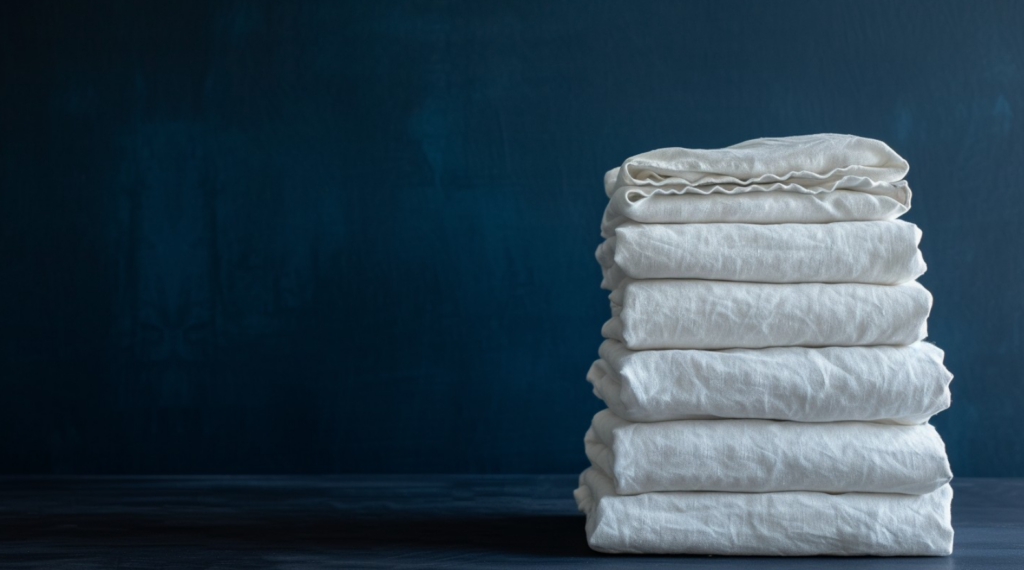Sustainability is no longer a buzzword in the fashion industry—it’s a necessity. Luxury fashion, once synonymous with exclusivity and indulgence, is now at the forefront of the sustainability movement. Brands are increasingly adopting eco-friendly practices, with sustainable materials taking center stage in redefining luxury. This article explores how sustainable materials are transforming high fashion, the innovations driving this shift, and what it means for the future of luxury.
The Growing Demand for Sustainable Luxury
Consumers today are more conscious of their environmental impact, and this awareness is reshaping expectations from luxury brands. Shoppers are demanding transparency, ethical practices, and sustainable materials, driving a significant shift in the fashion industry. Luxury brands are responding by integrating eco-friendly materials like organic cotton, recycled polyester, and plant-based alternatives into their collections.
Notably, iconic fashion houses such as Stella McCartney and Gucci have pioneered sustainable initiatives, creating designs that combine elegance with eco-consciousness. This shift not only appeals to ethically minded consumers but also sets a new standard for the entire industry.
Key Sustainable Materials in Luxury Fashion
- Organic Fabrics
Organic cotton, hemp, and linen are increasingly replacing conventional textiles. These materials are cultivated without harmful chemicals, reducing their environmental footprint while maintaining the high-quality standards of luxury fashion. - Recycled Textiles
Recycled polyester and nylon, often made from discarded plastic bottles or fishing nets, are becoming popular choices for luxury brands. These materials are durable, versatile, and help reduce waste, making them ideal for upscale fashion. - Vegan Leather Alternatives
Vegan leather, crafted from innovative materials like mushroom mycelium, pineapple leaves (Piñatex), or apple peels, is revolutionizing accessories. Brands like Hermès and Balenciaga are experimenting with these sustainable alternatives to traditional leather. - Regenerative Wool and Cashmere
Regenerative farming practices are used to produce sustainable wool and cashmere. These methods prioritize soil health and animal welfare, ensuring luxurious fabrics with minimal environmental impact.

Technological Innovations Driving Change
Advancements in technology are accelerating the use of sustainable materials in luxury fashion. For example:
- Biodegradable Fabrics: Innovations in natural fibers are creating materials that decompose without harming the environment.
- 3D Printing: This technology minimizes fabric waste during production while allowing for intricate and customizable designs.
- Lab-Grown Materials: Lab-grown leather and silk offer sustainable options without compromising on the opulence associated with luxury.
The Future of Luxury Fashion and Sustainability
Sustainable materials are not just a trend but a vital part of luxury fashion’s evolution. By adopting eco-friendly practices, luxury brands are demonstrating that sustainability and exclusivity can coexist. These changes appeal to a new generation of consumers who prioritize ethical consumption and environmental responsibility.
How to Embrace Sustainable Luxury
For consumers, choosing sustainable luxury means supporting brands that prioritize transparency and eco-conscious materials. Investing in high-quality, timeless pieces made from sustainable materials ensures longevity, reducing the need for frequent replacements.
Conclusion
The use of sustainable materials is reshaping the landscape of luxury fashion, blending sophistication with responsibility. As brands continue to innovate and adopt greener practices, the future of high fashion looks not only luxurious but also environmentally sustainable.
